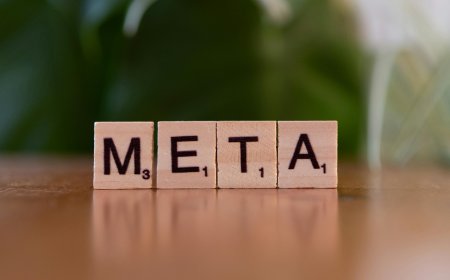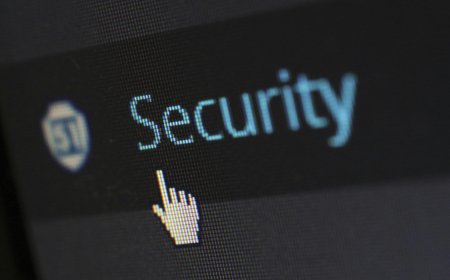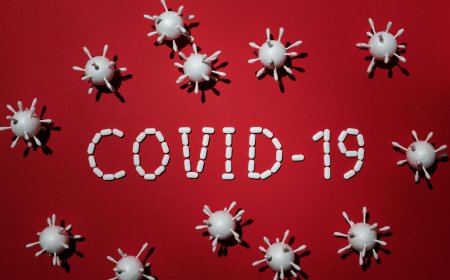The Business of Erasing Your Digital Past.
A booming industry has emerged around wiping personal data from discarded devices. Here’s why it matters more than ever.
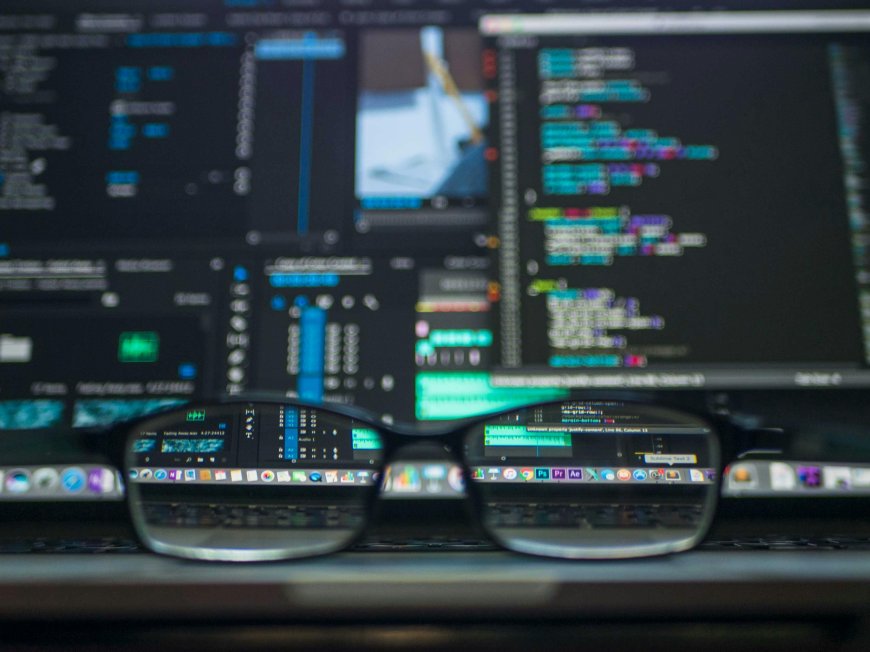
Every time you trade in a smartphone, recycle a laptop, or replace a work server, you leave behind more than hardware—you leave fragments of your life. Old emails, banking details, medical records, even forgotten passwords can linger on discarded devices long after you’ve moved on. For hackers and data thieves, that information is gold.
Enter a booming new industry: the business of erasing personal data from devices destined for recycling, resale, or the scrap heap. From corporate servers to family iPads, companies across the U.S., UK, Canada, and Australia are paying specialists to ensure the ghosts of digital lives don’t come back to haunt them.
Why Data Erasure Has Become Big Business
In the past, disposing of a computer meant pulling out the hard drive and tossing it into a drawer—or, more recklessly, into the trash. But in today’s interconnected world, that approach is dangerously naive.
- Volume of devices: With global smartphone replacement cycles averaging two to three years, billions of devices are being retired annually.
- Explosion of sensitive data: Medical records, workplace communications, and financial apps mean every device is a vault of private information.
- Regulatory pressures: Laws like GDPR in Europe and privacy regulations across North America require organizations to properly destroy personal data.
Sean Magann, chief commercial officer for Sims Lifecycle Services, put it bluntly: “Our first concern is always data, data, data, data.” His company, like others in the IT asset disposition (ITAD) sector, doesn’t just recycle electronics—they erase digital histories.
Inside the World of ITAD Providers
ITAD companies specialize in managing end-of-life technology. Their clients include corporations, hospitals, schools, government agencies, and increasingly, ordinary consumers.
The process can take several forms:
- Certified wiping: Software systematically overwrites every sector of a hard drive, making data recovery impossible.
- Physical destruction: Devices are shredded, pulverized, or melted down to guarantee nothing survives.
- Refurbishment and resale: Securely wiped devices are restored and sold into secondary markets, giving them a second life.
For large organizations, the stakes are immense. A single lost laptop containing unencrypted data can trigger lawsuits, regulatory fines, and reputational damage. For individuals, the cost is more personal: identity theft, financial fraud, or intimate information falling into the wrong hands.
From Corporate Servers to Your Old Smartphone
Most of the growth in the ITAD industry has come from corporate clients, where data breaches can cost millions. Hospitals, for example, must comply with strict rules around patient confidentiality, while financial firms are bound by obligations to protect client information.
But there’s another side to the story: the everyday consumer. Municipal waste programs and private recyclers now increasingly partner with ITAD firms to ensure discarded home devices are sanitized. Your old smartphone, Xbox, or fitness tracker may seem harmless, but each one contains enough personal detail to map your life.
In one striking case, a Canadian university discovered that refurbished computers it had sold still contained sensitive student and faculty records. The embarrassment—and the potential liability—underscored how easy it is to overlook hidden data.
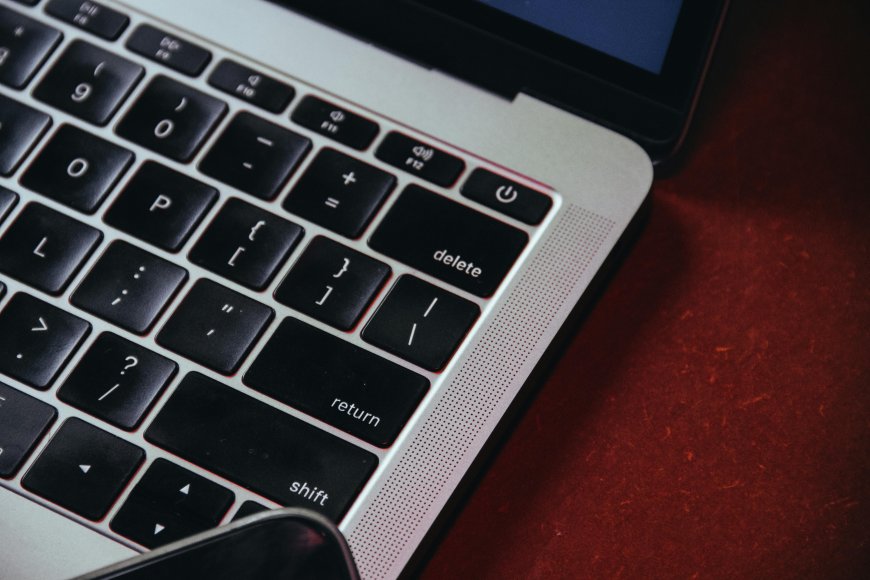
A Story of Loss That Sparked Awareness
For many, the importance of data erasure only becomes clear after a crisis. Take the case of Rachel, a nurse from Melbourne. She recycled an old tablet through a local e-waste program, assuming the data would be erased. Months later, she learned someone had accessed her family photos and even sensitive medical notes stored in a health app.
“It was like someone walked through my house while I was away,” she said. “I felt exposed, violated, and angry that I hadn’t thought more carefully.”
Her story is not unique. Consumer awareness is growing, but most people still underestimate the risks of discarded devices. ITAD companies are stepping in to fill that trust gap, offering peace of mind for a digital age.
Environmental and Ethical Dimensions
Data erasure isn’t just about privacy—it’s also about sustainability. Proper handling of old devices can reduce toxic waste and recover valuable materials like copper, gold, and rare earth metals.
- Secure reuse: Devices that are properly wiped can be refurbished, extending their lifespan and reducing e-waste.
- Responsible recycling: Shredded components can be separated and reused in manufacturing, cutting demand for new mining.
- Social benefits: Some programs donate sanitized refurbished equipment to schools and nonprofits, bridging digital divides.
Thus, the booming data erasure business intersects with two powerful trends: rising demand for privacy protection and global urgency around sustainability.
Why Tier-1 Countries Are Driving Demand
In the U.S., UK, Canada, and Australia, rising digital literacy and stringent privacy laws are fueling the market for professional data destruction. Businesses face not just reputational damage but regulatory penalties if they mishandle customer information.
For consumers, the motivation is different but no less urgent. Widespread awareness of identity theft, phishing scams, and cybercrime means people now think twice before tossing out old gadgets. In affluent markets where device turnover is rapid, the volume of equipment needing secure disposal has skyrocketed.
The Future of Data Erasure
Looking ahead, experts predict the ITAD industry will only grow. The rise of connected devices—from smart speakers to wearable tech—means more data is being stored in more places. Each of those devices will eventually be discarded, creating a vast landscape of digital vulnerabilities.
Emerging technologies may reshape the field:
- Blockchain certificates: Providing immutable proof that data has been erased.
- AI-assisted wiping: Accelerating erasure across large fleets of devices.
- On-site destruction services: Mobile units visiting businesses and even homes to shred drives instantly.
The industry is evolving from a niche service to a mainstream necessity—akin to cybersecurity itself.
Conclusion: Erasing the Ghosts of the Digital Age
In a world where data is currency, discarding devices without erasure is like leaving your wallet on a park bench. The booming business of data destruction is more than a technical service—it’s a safeguard for privacy, security, and trust.
For companies, it’s about protecting clients and complying with law. For individuals, it’s about peace of mind. And for society at large, it’s about balancing digital growth with responsibility.
Every old phone, every server, every forgotten hard drive carries a story. Ensuring those stories end safely has become one of the defining industries of the digital age.
FAQs
Q1: Why can’t I just delete files before discarding a device?
Deleting files doesn’t erase them; data can often be recovered unless the drive is securely wiped.
Q2: What is the safest way to dispose of an old computer?
Use certified data erasure software or take it to a trusted ITAD provider that guarantees secure wiping or physical destruction.
Q3: Is physical destruction better than data wiping?
Both are effective. Wiping is best for devices intended for resale, while shredding or pulverizing is suited for final disposal.
Q4: How does data erasure help the environment?
Proper erasure enables devices to be refurbished or recycled safely, reducing e-waste and conserving resources.
Q5: Should consumers use ITAD services or just rely on recycling programs?
ITAD services provide extra assurance. Many recycling programs now partner with ITAD firms, but consumers should confirm data handling practices.
What's Your Reaction?
 Like
1
Like
1
 Dislike
0
Dislike
0
 Love
0
Love
0
 Funny
0
Funny
0
 Angry
0
Angry
0
 Sad
0
Sad
0
 Wow
0
Wow
0

























